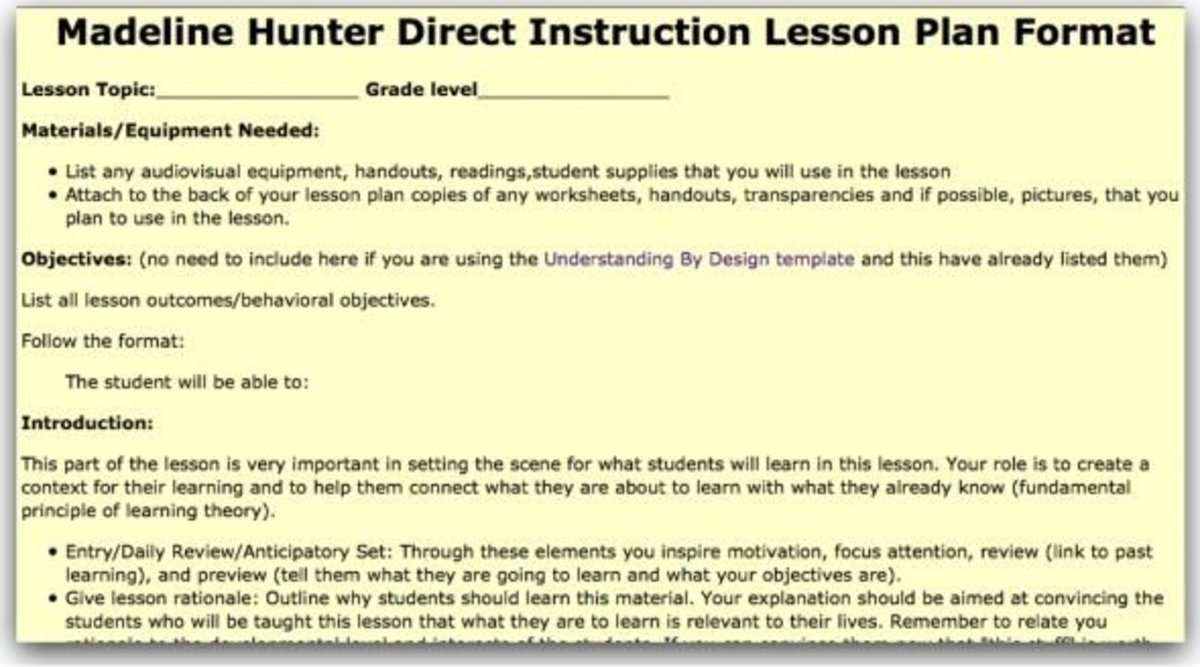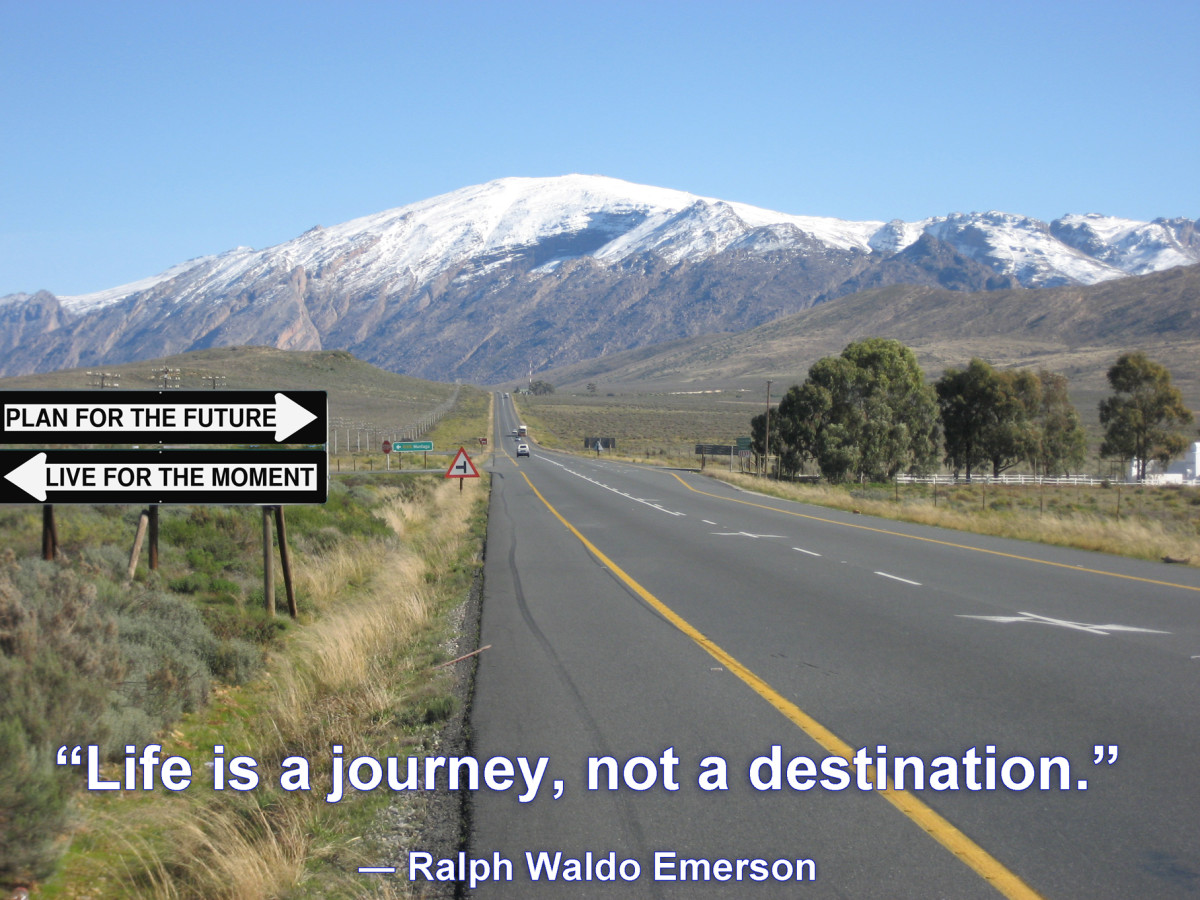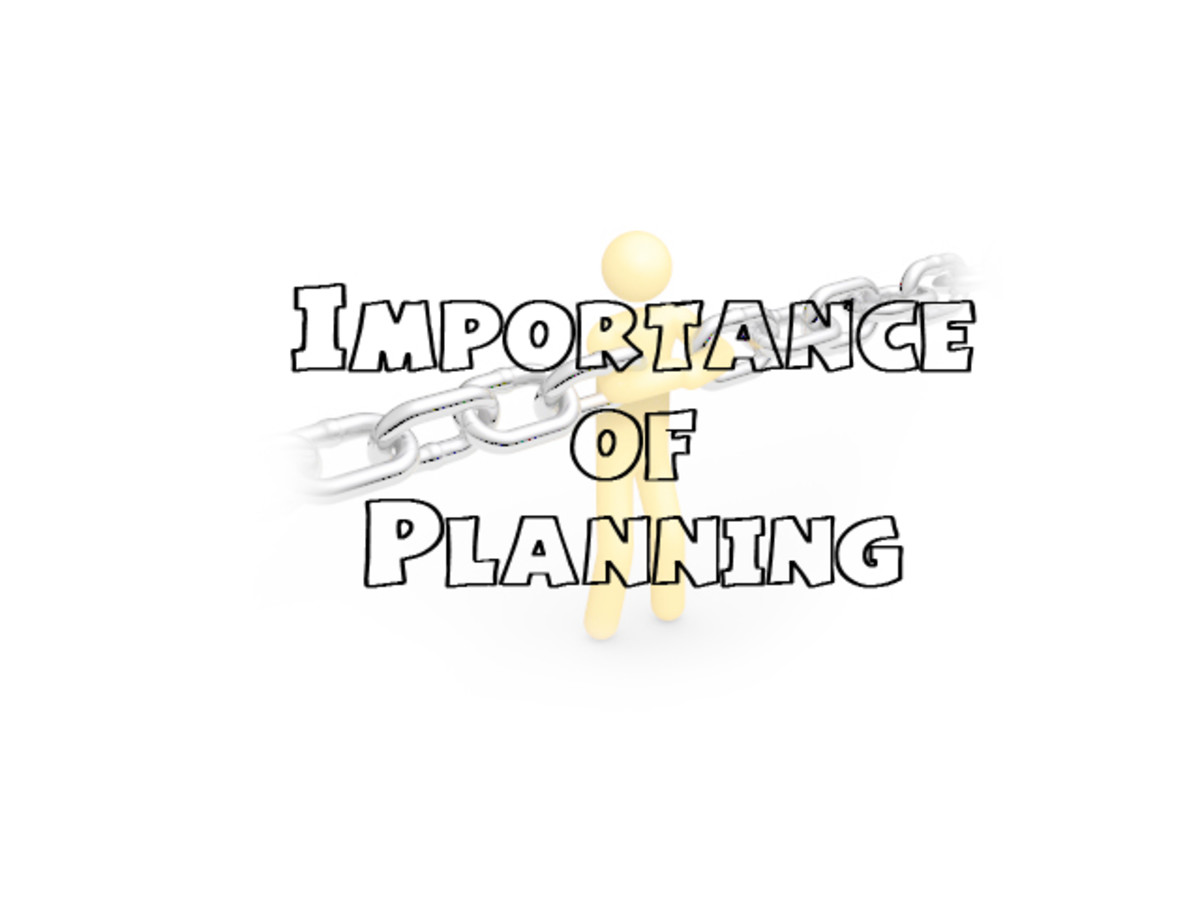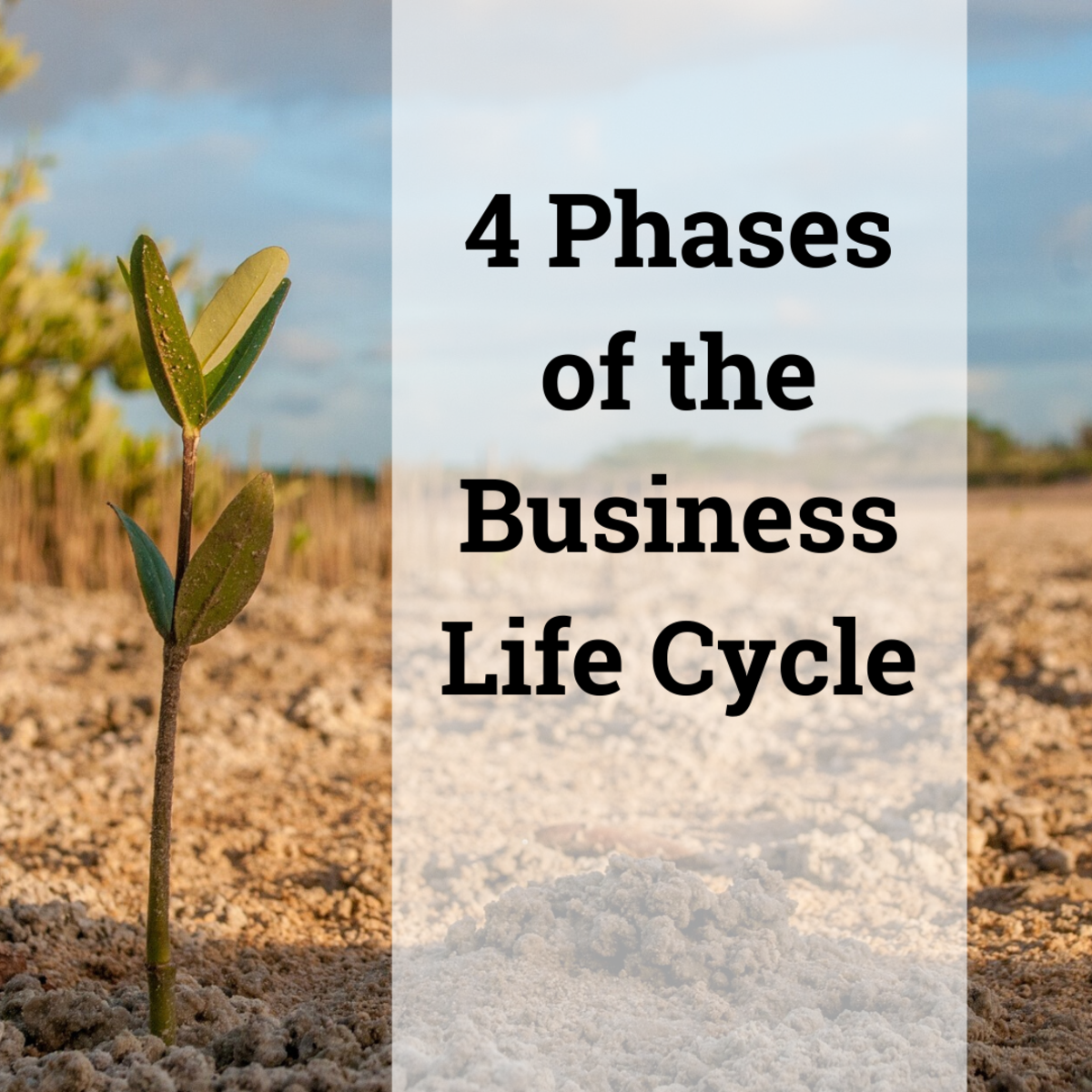Tendering - Plan Your Response
Plan your Tender
The Request for Tender has found its way into your in tray and you have five weeks to get a winning submission off to the client. We are all only human and the temptation to get stuck straight in and start putting some words down on the page is almost overwhelming. What you should do is spend some time planning your response. In any documentation project, planning usually takes up about 30% of the allotted time; a tender is no different although, depending on your schedule, you may need to be more flexible with this. The following paragraphs outline my recommendation for the items you should consider when developing your tender response. This article is not intended to be a detailed description of how to write a tender but simply to raise discussion points for those who may be faced with such a task.
Project Manager The tender process should be treated as a project; therefore, it stands to reason that you need a project manager. They do not need to be an expert in the tender subject; their role is to coordinate the activities of everyone involved. The project manager is responsible for writing the Document Management Plan described below and typically, their tasks will also include:
- Assigning people to tasks, ensuring that they are able to fulfil the role
- Fully briefing all participants on their tender related duties including workflow and schedules
- Ensuring participants adhere to the schedule and adjusting the schedule where required
- Monitoring and controlling the budget
- Facilitating the cooperation of all participants and resolve any disputes or differences of opinion
- Overseeing the collation of the final product and ensuring a final proofread has been done
- Submitting the tender for evaluation and ensuring its safe and timely arrival
- Archiving all data for use in future tenders
Document Management Plan The Document Management Plan is a comprehensive blueprint for the tender response process. Participants should be able to go to this document and learn exactly what is required of them. It is important that you remember that the plan is a dynamic document. It must be regularly revisited and updated as the situation evolves and more detail comes to light. Key elements of the plan include:
- Background This should provide some high level information on what the tender is about. The detailed information is contained in the RFT itself.
- Associated documents Reference should be made to the RFT and any other relevant documents such as style guides, reference material and company policies.
- Personnel List all team members and their responsibilities including the chain of command.
- Tasks All tasks need to be identified and assigned to one of the team members.
- Schedule A timeline must be developed and agreed to by all team members
- Submission details The plan should detail any and all requirements for the format and submission of the tender response.
Tender Response Map Much of the work above can be carried out while waiting for the RFT to arrive. Once you have the selection criteria in front of you, planning the response itself can begin. Start by reading through the RFT several times very carefully, highlighting important points as you go. After you believe you fully understand what is being asked of you, mentally tear the RFT apart and write down all the requirements asked for by the client. Aside from the selection criteria, this may include items such as restrictions on; font, word length, submission dates, contact details and method of submission. My preferred method from here is to enter this detail into a table with columns to the right to record comments and how I intend to respond. The end result is a Tender Response Map. Information in this format is easy to share and can be added to at any time.
Response Template Now that you know what information you are required to submit to the client, take the time to plan out what your response will look like. Create a document shell or response template. By using headings to address the points identified in your response map you can build your response without having to create content. Once you are happy with the design, and the flow of the document is coherent and logical, you can ‘fill in the blanks’. This approach means you can have different authors working on different sections at the same time. It is also particularly useful in situations where, for example, you are tendering to supply the same goods or services in more than one location and are required to submit a response for each region.
Planning is the key to your tendering success. If done properly, it can make your process more efficient, make you less likely to miss critical requirements and help you create a professional response that will give the client a feeling of confidence in your company.
Further reading
- Tendering - Plan ahead
Planning ahead for tenders is critical. This hub looks at the importance of not waiting for release of the request for tender before developing and implementing your business strategies.








